Dogsoxx, the order-made dog shoes from Japan, have been featured in numerous media as the world’s first order-made dog shoes fabricated on a 3D printer. The company has also patented the dog shoes. The shoes are so popular that the monthly pre-orders fill up within minutes and our Original Prusa printers are playing an essential role behind-the-scenes.
Inspiration for Shoemaking for dogs
The founder of the company Mitsunori Chiba, was inspired to develop shoes for his dog who suffered from foot problems. Chiba, who runs a marketing company, had never made shoes or even seen an actual 3D printer and had never been involved in manufacturing. His beloved dog was unable to walk properly due to weakened leg muscles and hardened paw pads and his dog had become depressed and blocked up. He tried several dog shoes from Amazon in the hope that the dog would somehow be able to walk again but none of them fit well and often came off.
This is because 70% of dogs people keep as pets in Japan are very small, compared to average dogs overseas. However, the dog shoes sold in Japan are almost exclusively made overseas, so it is difficult to find shoes that would fit small dogs in Japan. After his beloved dog, who was almost bed-ridden in her final days, died of old age, he decided that his new welcomed dog should wear shoes while she was young to protect her paw pads.
His journey to create shoes for dogs began there. “I tried buying shoes on the market that looked like rubber balloons but they came off when the dog stretched her legs out. When I looked at them carefully, I realized they were structured to come off due to centrifugal force when the legs are extended. I started experimenting with improving the fit. First, I took the idea of Japanese tabi socks and put a silicone layer on them to hold them in place. Then I had the idea of a shoe that can be quickly put on like a pair of Crocs.” When I modified the shoes on the market, they fit the dog’s legs so well that she started wearing them every day on her walks. The design attracted the attention of other dog owners as they haven’t seen it elsewhere. And after hearing numerous complaints about dog shoes and the need to protect their dog’s feet from the heat of summer asphalt and dangerous objects on the road, he decided that commercializing the product would solve other dog lovers’ problems.
The path of original development
“At first, I tried to make them out of silicon by injection molding and found a company that could make the molds for me, but the cost was about 3 million yen per mold. It was too expensive and I had to think of another way to make molds for different sizes.“
At that time, the pandemic began and Mr. Chiba’s company was forced to go into lockdown mode. “I’m not the type of person who can sit still so I decided to take this opportunity to learn about 3D printers and make a prototype of the dog socks I was experimenting with,” he said, and purchased his first 3D printer.
It was a Chinese printer priced at about 50,000 yen. It quickly turned out that this printer was not printing well enough to produce what Chiba wanted. He then purchased a different machine, Taiwanese-made Infinity that cost about 500,000 yen. That too didn’t work well, so he decided to buy a Prusa MK3S. This decision was based on comments he frequently saw on YouTube and Twitter where users said: “I should have chosen Prusa from the beginning.”
He was really impressed with the printer from the beginning: “The design is good, as well as the movement. And the sound is really cool. When the MINI came out, I immediately thought it wouldn’t take up much space so I could put them all together and build a small farm’. From there, I added more MINIs.” “The MINI is really an ideal printer for Japanese houses, because it’s small, takes up very little space and does not make too much noise.”
The path to the “right” pair of shoes
Chiba says it was difficult to laminate the shoes well in the beginning. “I tried various TPUs and repeatedly found them too soft or they would tear. I didn’t think it was impossible though. I enjoyed the process of creating and ‘producing’ again and again after each failure.”
Whenever he ran into an obstacle, he would do his own research on YouTube, Twitter, and the community and solve problems. He tried 20 to 30 different types of silicone rubber and Velcro adhesives. And he laughed that as he sold more products, he reinvested the money into more MINIs for his farm.
“The Printables community group ‘Prusa Community Japan’ is very helpful because there are always members who are willing to help me when I have a problem. When I need to solve a problem, I always get a quick answer. It’s great to have a place like this where the community is there to answer.”
What are 3D printed dog shoes?
We input the data for each dog’s legs into our own program created in Fusion360. The customer sent us three sizes for the circumference of the legs and feet as well as photos from various angles. And we model for them, taking into account the amount of dog’s hair as well. Both the shoe upper material and the sole material are TPU and we use 0.6mm nozzle with 0.1mm layer.
Using filaments without noticeable lamination, the printing time to make a pair is roughly two hours. After that, he cuts the printed cylindrical body. The other half of the work is an additional detailed manual labor mostly on the shoe post-processing.
They also produce their own silicone labels for the inside of the front section, made from 0.1mm laminated molds printed with Prusament PLA and PETG.
Prusament is also used in clips to hold Velcro in place. “There’s a difference in the silicone results between Prusament and filaments from other companies.”
The future as seen by the demand for Dogsoxx
The product is currently available in six colors. The orders are limited to about 30 sets per month since only two or three pairs can be made per day, but they are so popular that we always sell out within minutes of opening up the orders.
Chiba’s own encounter with Prusa enabled him to produce and sell custom-made dog shoes. He is also thinking about creating a system and network that would allow people to work in-house with a single printer to make products to create jobs and contribute to society by expanding the possibilities of work for people who have difficulty finding regular employment.
Website: dogsoxx.jp







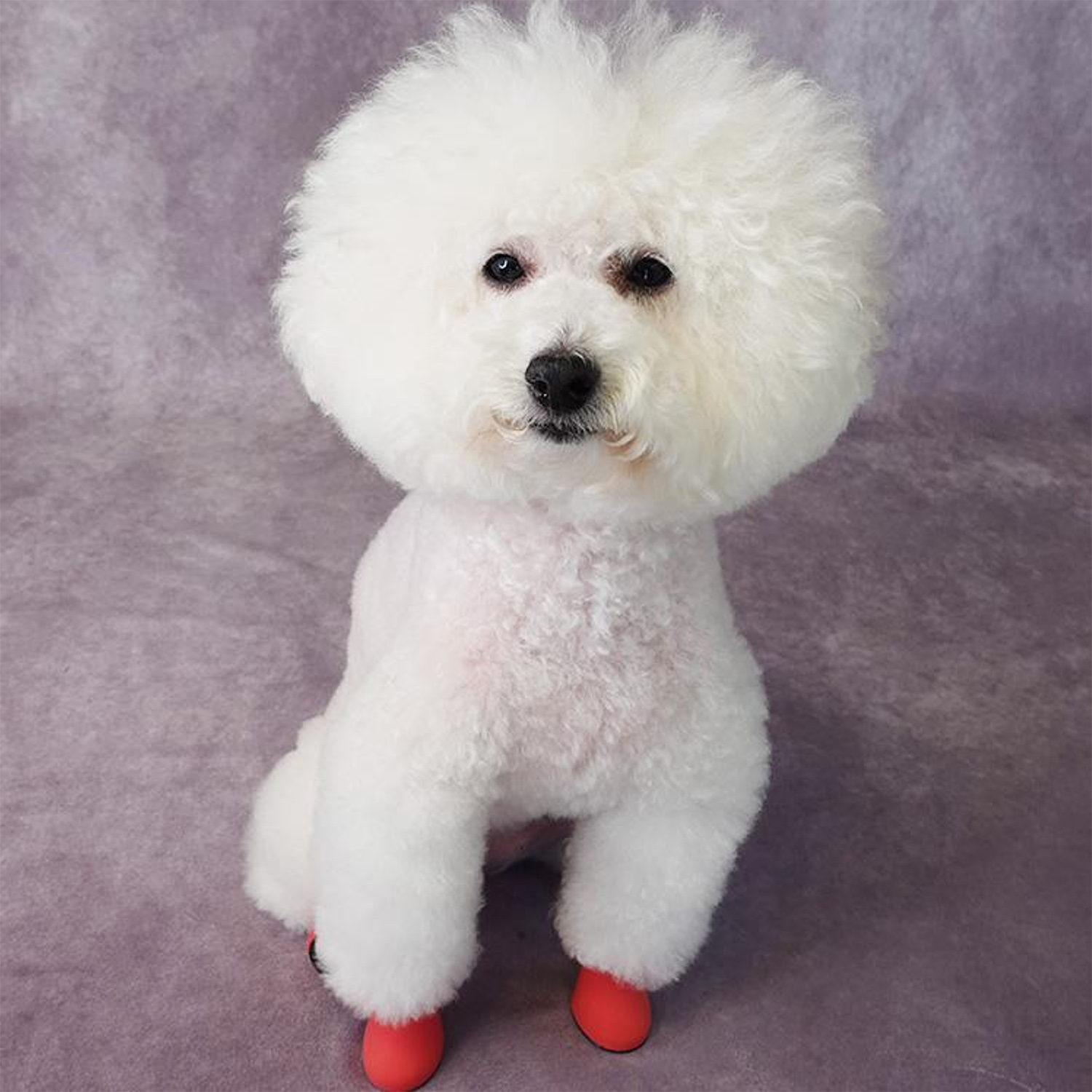
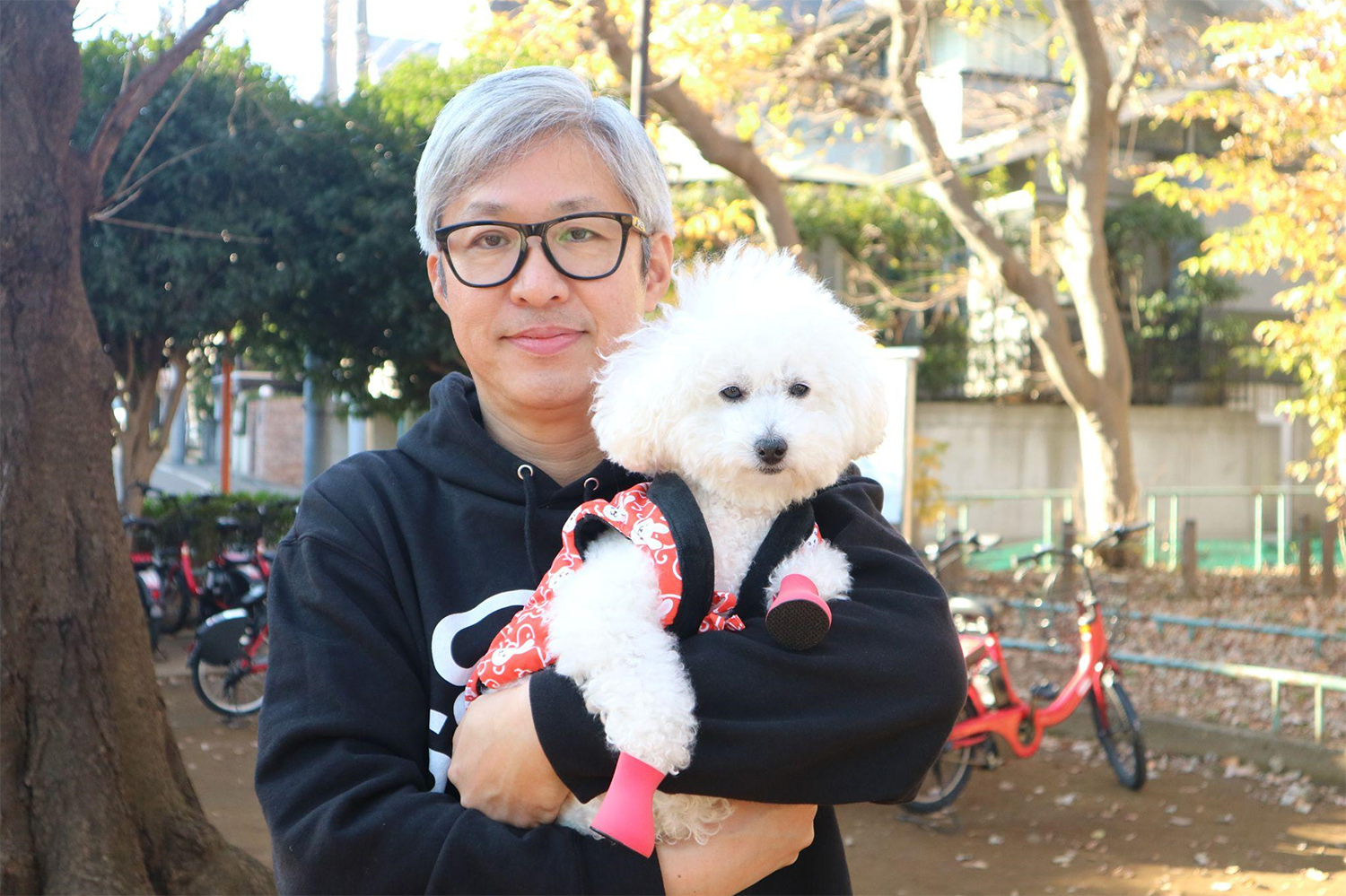
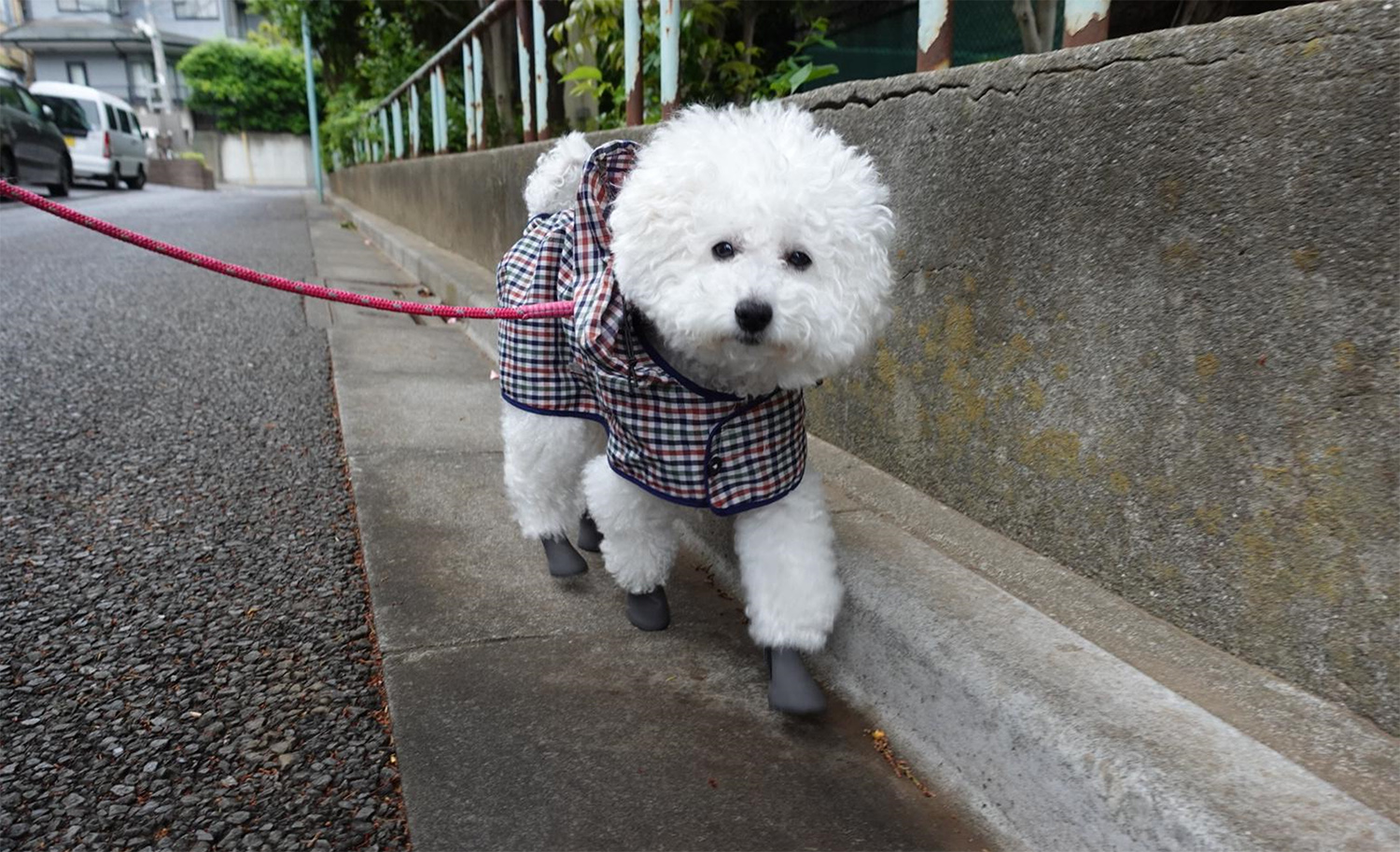
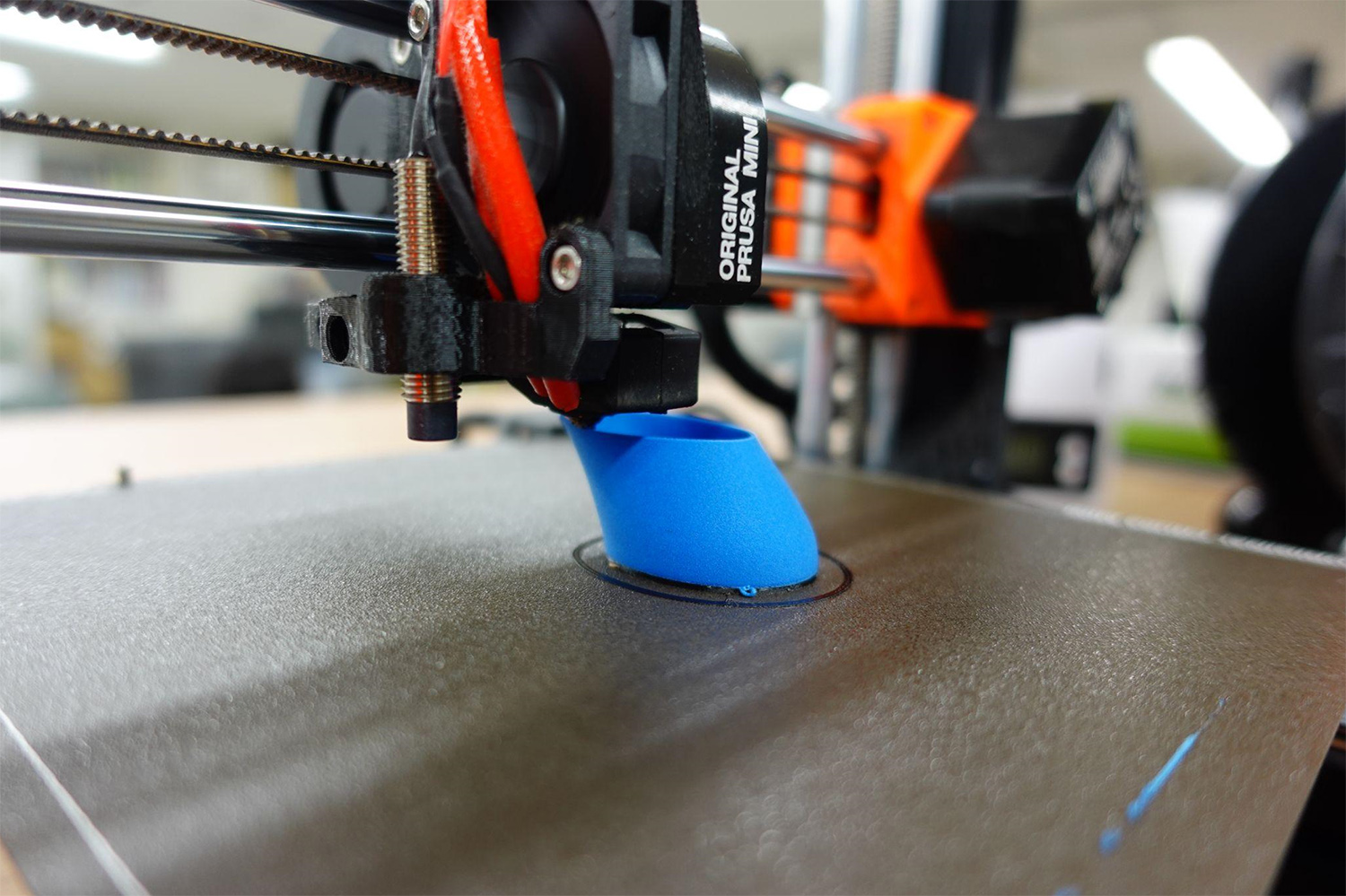
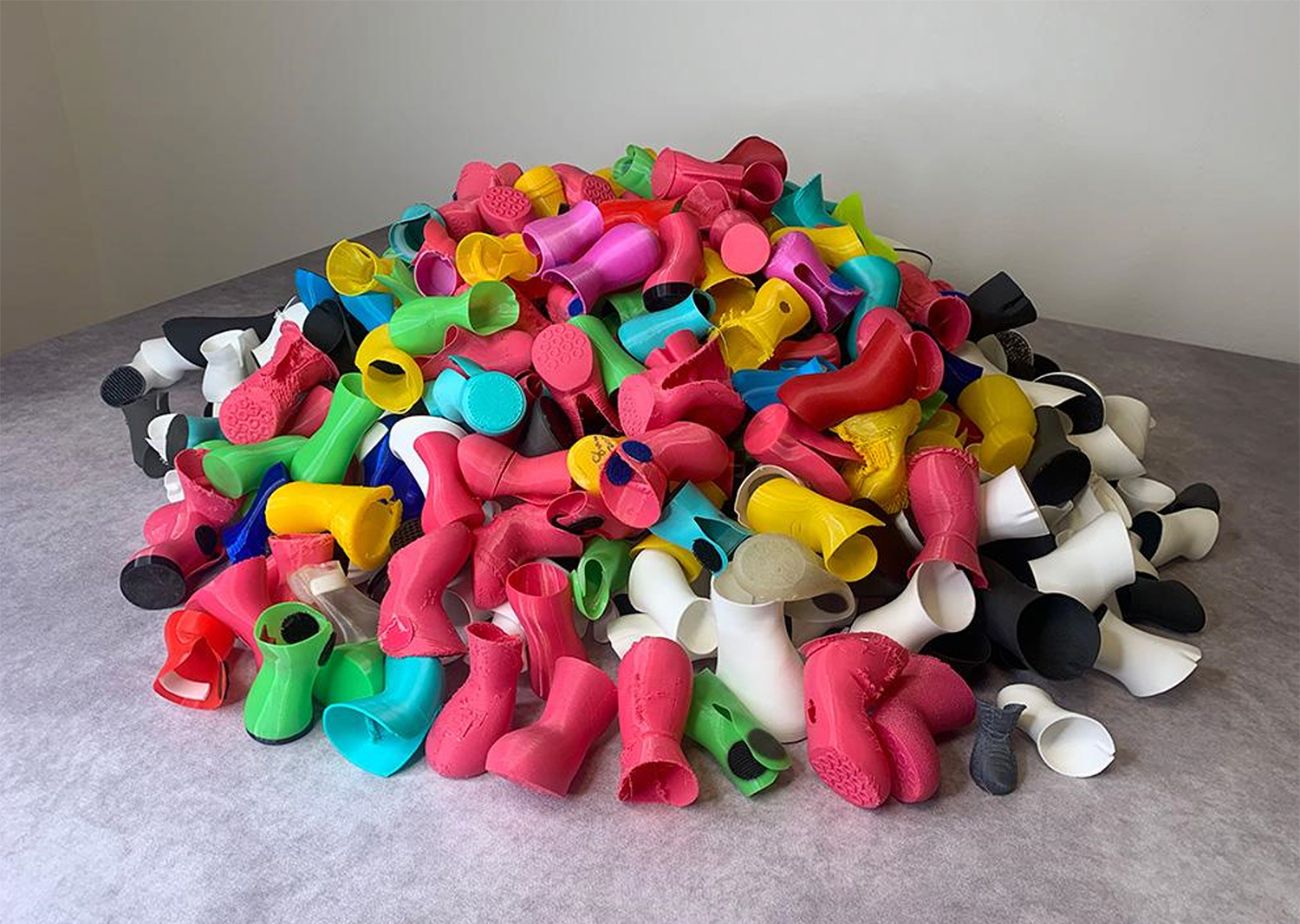
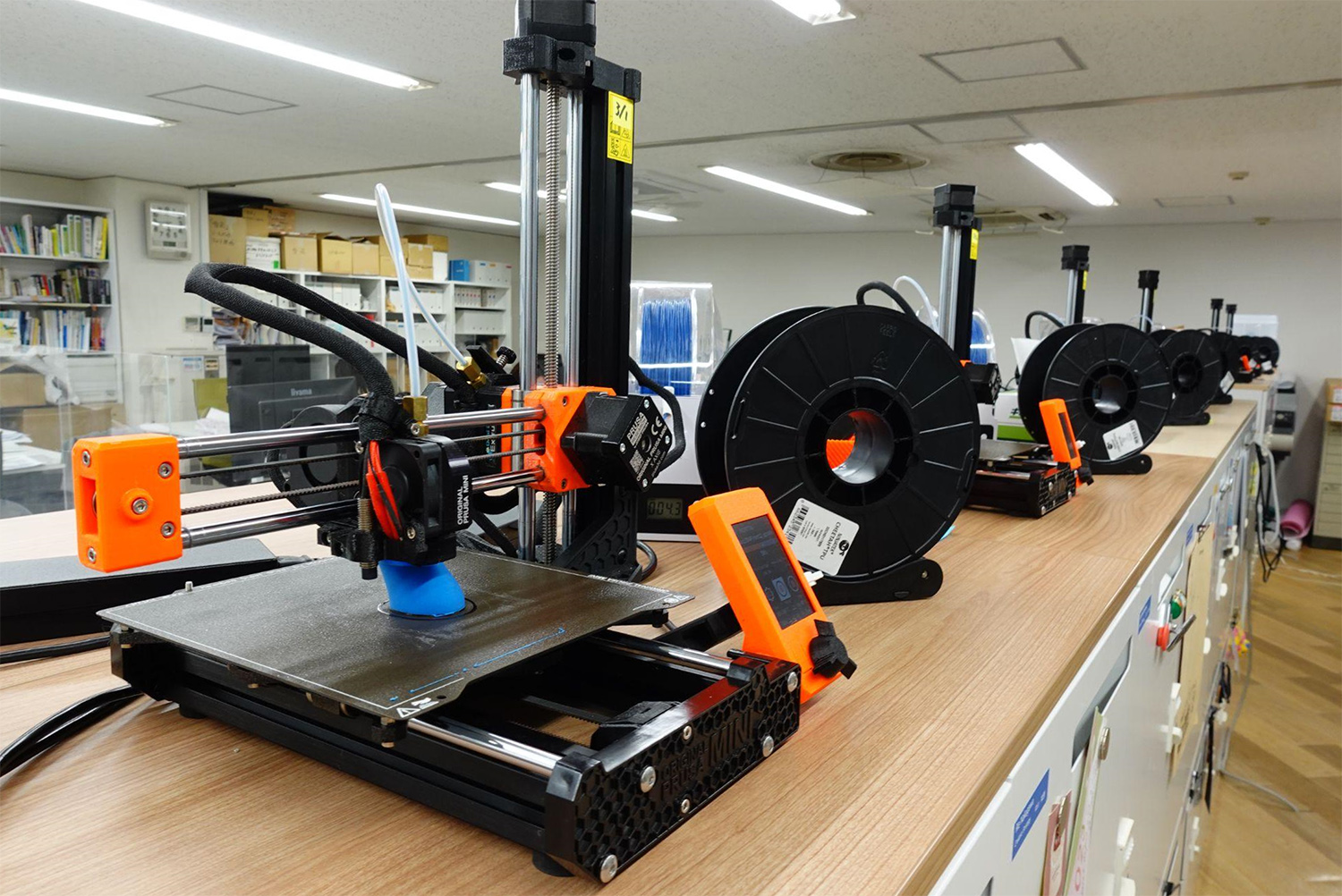
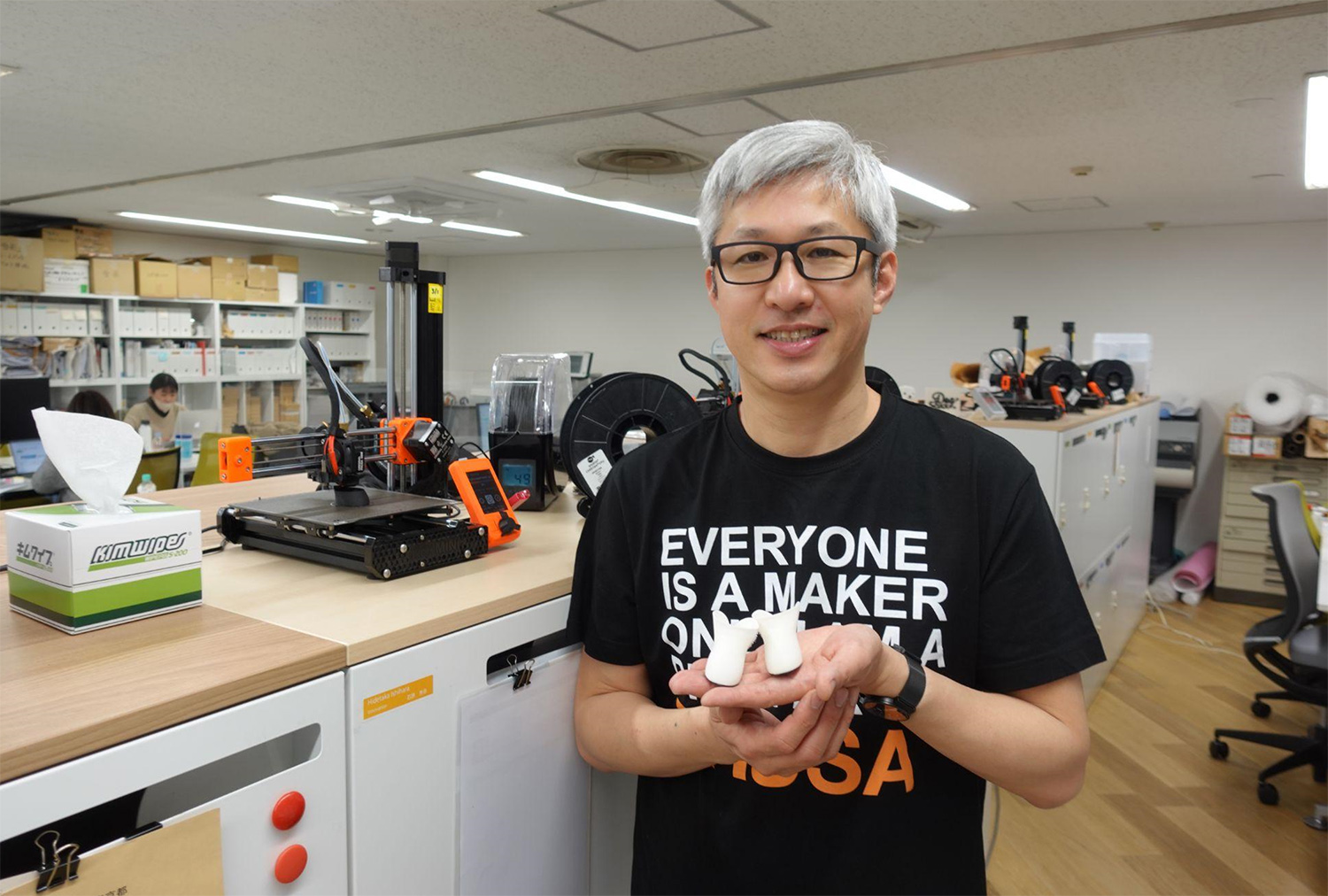
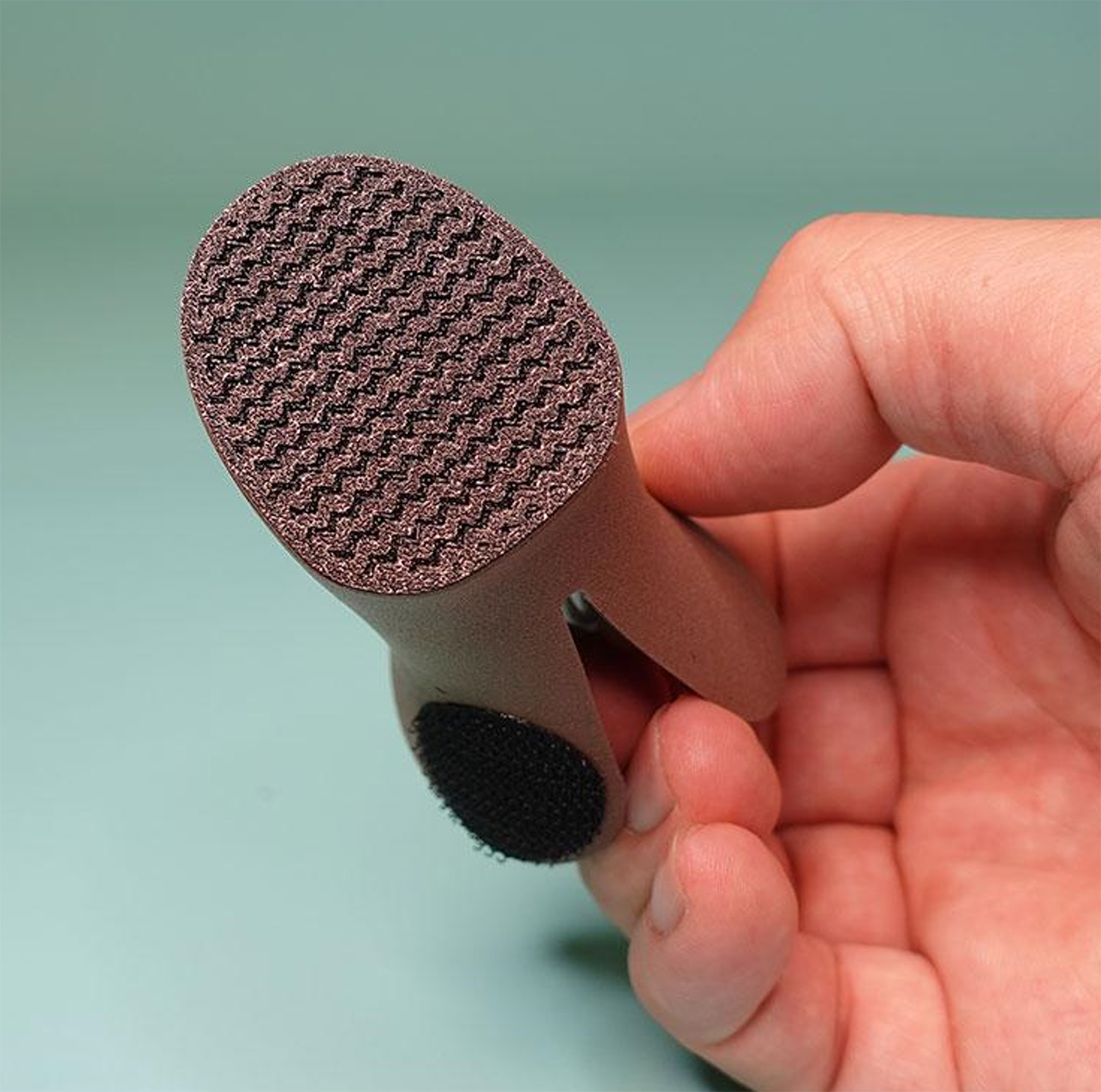
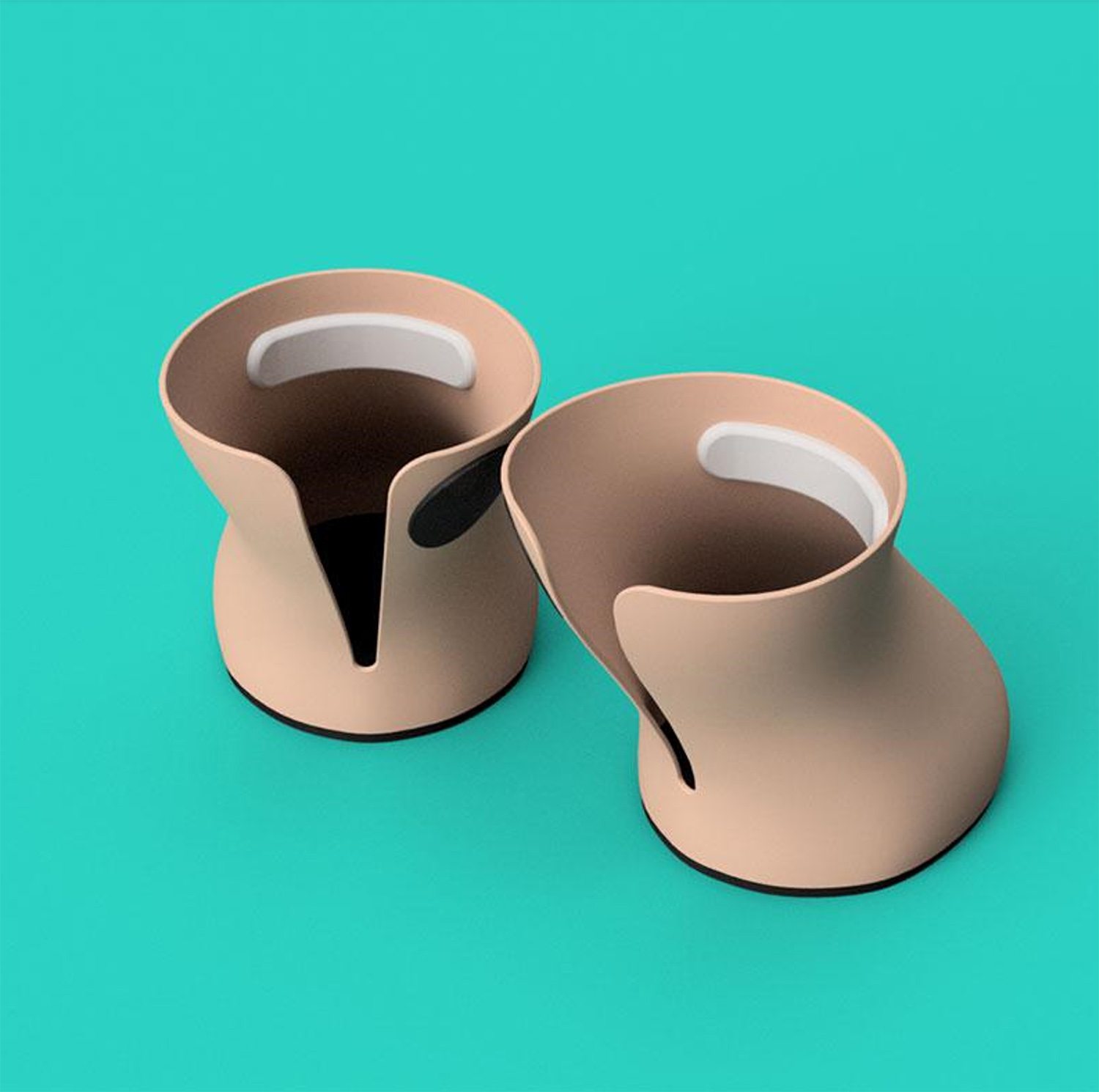
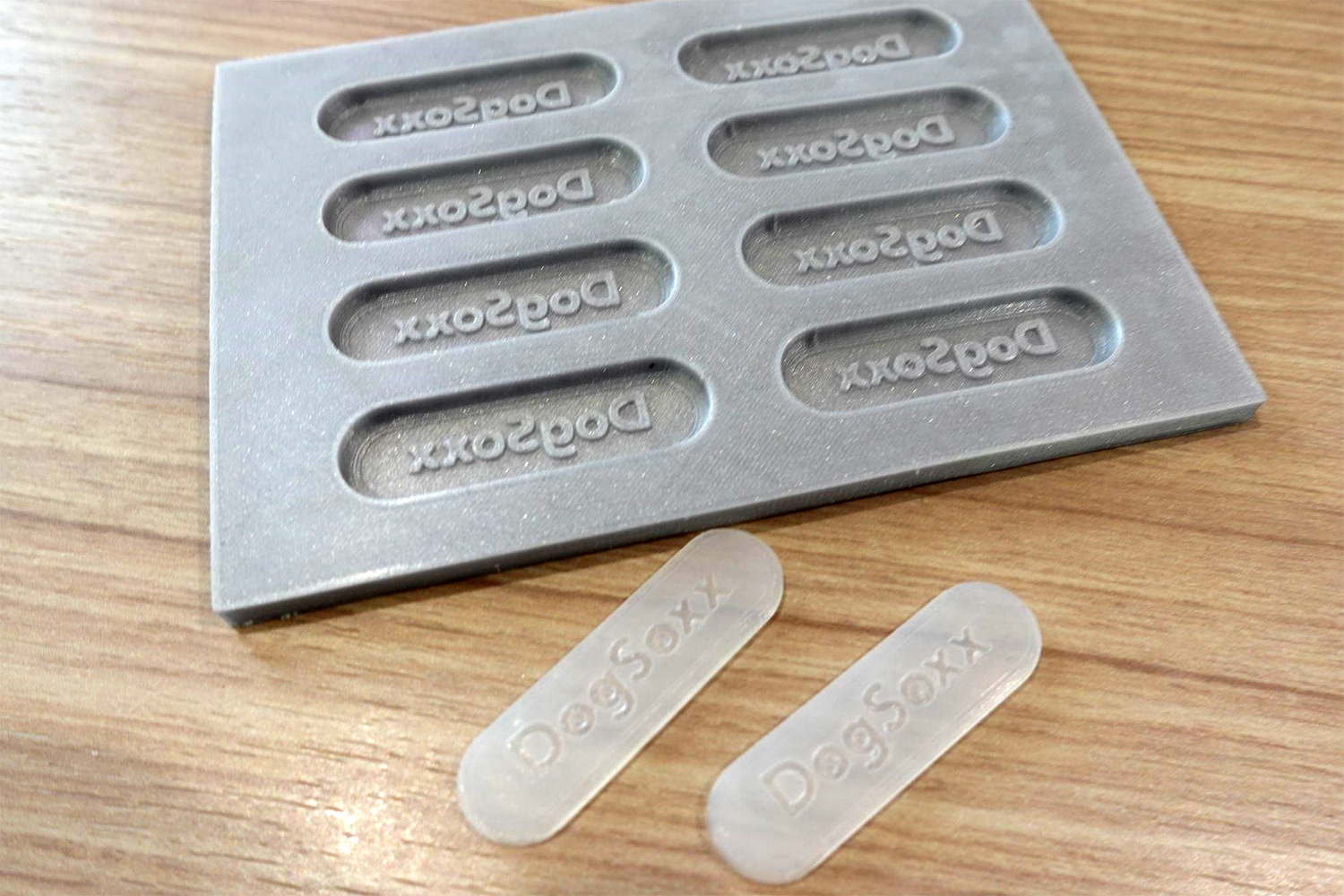
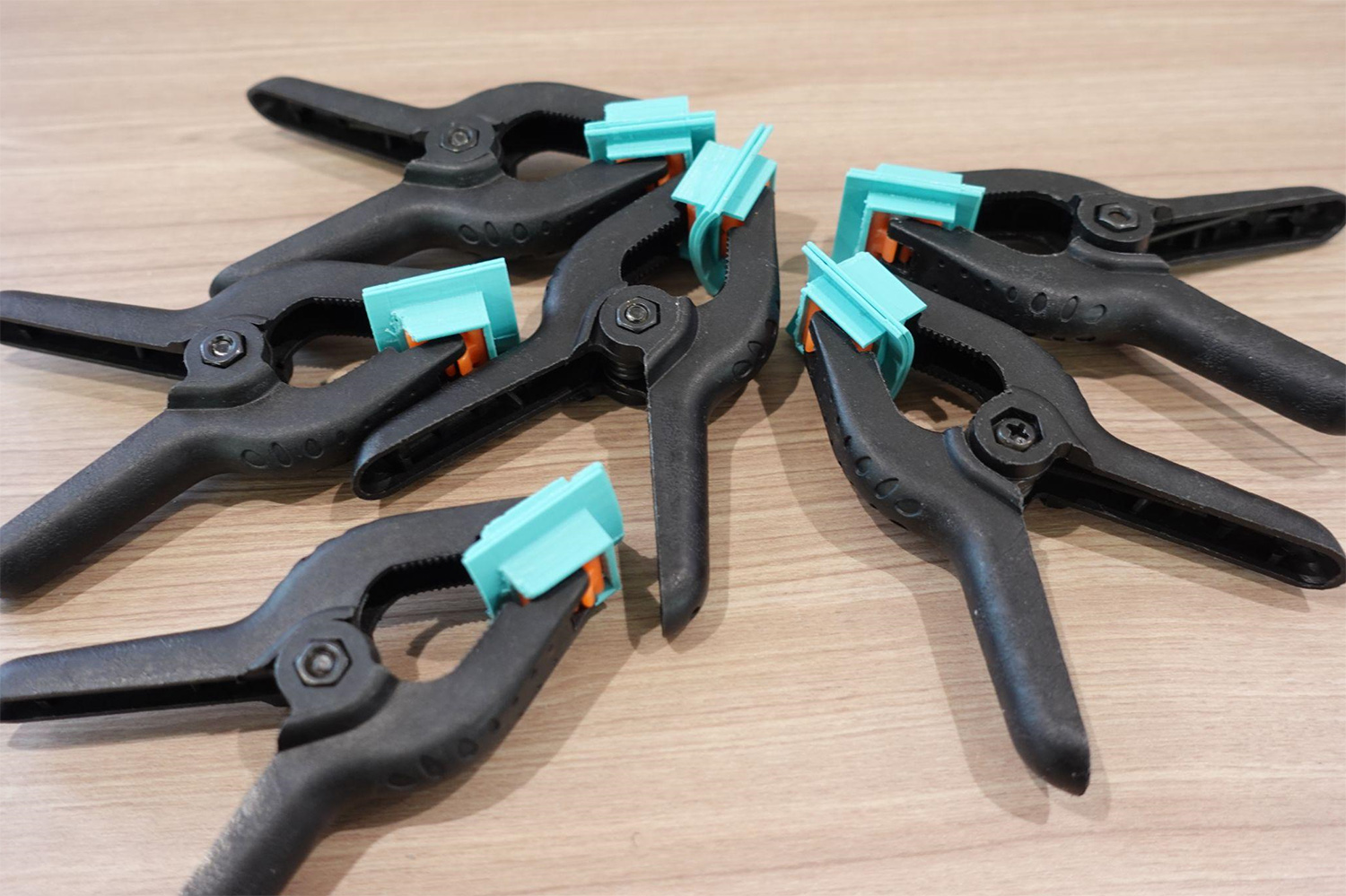
You must be logged in to post a comment.